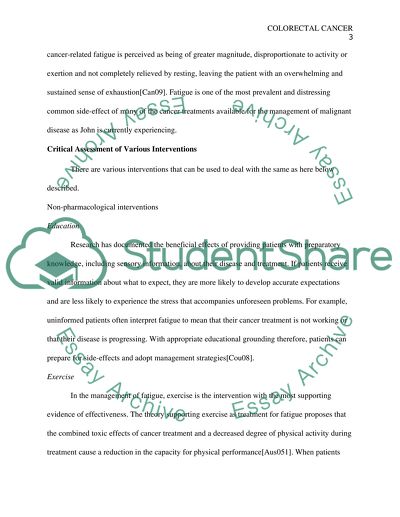Cite this document
(“Colorectal cancer Essay Example | Topics and Well Written Essays - 1500 words”, n.d.)
Colorectal cancer Essay Example | Topics and Well Written Essays - 1500 words. Retrieved from https://studentshare.org/nursing/1472724-colorectal-cancer
Colorectal cancer Essay Example | Topics and Well Written Essays - 1500 words. Retrieved from https://studentshare.org/nursing/1472724-colorectal-cancer
(Colorectal Cancer Essay Example | Topics and Well Written Essays - 1500 Words)
Colorectal Cancer Essay Example | Topics and Well Written Essays - 1500 Words. https://studentshare.org/nursing/1472724-colorectal-cancer.
Colorectal Cancer Essay Example | Topics and Well Written Essays - 1500 Words. https://studentshare.org/nursing/1472724-colorectal-cancer.
“Colorectal Cancer Essay Example | Topics and Well Written Essays - 1500 Words”, n.d. https://studentshare.org/nursing/1472724-colorectal-cancer.


